When I last posted, on February 15, I was planning to trek to town for supplies and mail, my first foray out of the woods since January 11. A winter storm the next day made travel difficult, and I postponed my trip until later in the week. When I finally headed out on the 18th, I had spent five and a half continuous weeks at my cabin.
As I hiked the three-plus miles to my car, I kept my eyes open for signs of animal activity. I was delighted to find the tracks of a Canada lynx crossing my driveway and the road leading to my land. The lynx’s large, roundish, furry feet serve the same purpose as my snowshoes, keeping the big cat from sinking too far into the snow. I’d been seeing many tracks of snowshoe hares—the lynx’s favorite food—in the vicinity, and was wondering when a lynx would come to hunt.
My time in town was hectic. I crammed over a month’s worth of errands into three days. Though I enjoyed the opportunity to connect with friends, I looked forward to heading back to the quiet of my home.
Up to this point, I had been parking along plowed roads, then snowshoeing over unplowed roads and snowmobile trails to get to my land. But the cold weather of late January and early February thickened the ice over First Roach Pond so that it would safely hold my weight. It’s about two and a half miles from the public boat launch on the southern shore of the pond to my cabin, which sits on a peninsula along the northern shore. I decided I would take advantage of the special power winter grants me, and walk on water.
My homeward trek across the ice was beautiful. I had been concerned about pulling my very heavily laden sled. I was relieved to find that wind had packed the snow atop the ice firmly enough that the sled didn’t sink as deeply as I’d feared. My progress was nonetheless slow, and I took advantage of frequent rest breaks to enjoy the scenery. The pond was a smooth white plain with mountains rising all around: Number Four to the south, the White Cap range to the east, Shaw to the north, Big and Little Spencer to the west. As the sun descended toward the western horizon, a waxing moon arced upward in the east, glowing white in a deep blue sky.

There are no trails marked on the pond’s surface. My navigational landmark is a tall white birch that leans over my shore. It stands out so clearly against its backdrop of spruce and fir that I can see it all the way from the boat launch. It grows at a spot where my mother and I often sat in the evening to watch the sun go down. Before she died, Mother requested that her ashes be scattered at “Sunset Point.” In the company of dear friends, I fulfilled her wish, depositing many of the ashes at the base of the Leaning Birch. It comforted me to know they would nourish the tree’s future growth. And now, when I cross the ice, guided by the birch, I have the sense that Mother’s spirit is leading me home. (For more about this special tree, see https://www.wendyweiger.com/leaning-birch/.)
Back in my cabin, unpacking my sled felt like Christmas. In the final days before my trip to town, though I had enough to eat, my meal choices were limited. My protein came from canned fish, beans, peanut butter, precooked bacon and sausage. My egg supply petered out, and my stock of apples dwindled. Fresh greens were definitely not on the menu. I realized how fortunate many of us are today to have year-round access to almost anything we want to eat. For most of human history, even the wealthy were forced to accept dietary restrictions in winter.
As I brought each grocery bag inside and opened it, I rejoiced over the gifts within. A dozen eggs! Fresh milk! Thick pork chops from Pineland Farms in southern Maine! A whole bag of apples! Wow—I could scarcely believe it—salad kits! My dinner that night—a kale salad with hard-boiled eggs—though modest by town standards, felt like a feast.

Of course, returning home meant resuming my usual round of chores. In town, if I’m cold, I turn up the thermostat; if I want water, I turn on a tap. My cabin lacks these modern gadgets.
Instead, my cabin offers what I like to call “alternative luxury.” For me, life offers few pleasures greater than sitting in my rocking chair, basking in the glow of my woodstove, sipping a cup of hot tea, enjoying my snug home as a haven of comfort and security in vast wintry woods. But this luxury comes at a price. I would be sitting there cold and thirsty if I didn’t do my preparatory tasks.

As I studied for the Registered Maine Guide examination, I learned the priorities of backwoods survival: fire, shelter, water. (Food is a distant fourth, because most of us can live for several weeks without it.) My well-built cabin provides shelter, with no effort required on my part. Fire and water, however, demand labor. They are the constants around which my life revolves. Whatever else I may be doing, however I am feeling – energetic or tired, motivated or lazy – the work to supply them is never optional.
Starting the fire in my woodstove is the first thing I do each morning. I don’t like to interrupt my sleep to feed the fire overnight, so I just let the temperature in my cabin drop. It’s usually a cozy seventy-something Fahrenheit when I go to sleep; when I get up, it’s usually in the range of 50 to 60 degrees. There are always some live embers left in the stove. Sometimes there’s a charred remnant of a log from the night before. If not, I put a small piece of wood onto the bed of ashes. Then I add some birch bark, a natural fire starter I collect from my own trees. I lay a stick of fatwood – resin-rich pine – on top. I haven’t found a source in local woods, so I order it online. I set a couple of slender sticks split from larger pieces of firewood next to the fatwood, and then I light the birch bark with a match.
As the wood catches fire, I add progressively stouter pieces, repeatedly rearranging the loose structure with a small shovel for optimal exposure of each stick to flame and air. Earlier this winter, I often blew on stubbornly fire-resistant spots. I had fun pretending I was a fire-breathing dragon, but my sinuses suffered from inhalation of smoke and hot dry air. On my trip to town, I picked up a small bellows to use instead.
Because my firewood was cut in autumn, it didn’t have enough time to dry, so it often needs prolonged coaxing before I achieve a self-sustaining burn. When I hear the stovepipe begin to click as it expands in the growing heat, I know I’m getting there. Off-grid dwellers get to know their stoves intimately over the course of a northern winter.
Throughout the day, the fire needs tending: periodic additions of wood, reorganization of the burning pieces, gusts from the bellows if it dies down. If I let it go too long, it may require a re-start similar to what I do in the morning.
I typically replenish the wood supply inside my cabin on a daily basis. If I bring in extra, and it’s not too cold, I can occasionally skip a day. My wood is stored in a 10-foot by 10-foot portable shed right behind the cabin. In late October and early November, local supplier Joe Richards dumped three cords of wood in a daunting heap by my gravel driveway. I trundled it to the shed in a wheelbarrow and stacked it by hand, one piece at a time, over the course of several days.

When I retrieve wood from my shed, my next stop is my splitting block. As I mentioned, my wood was harvested too late for proper drying. Smaller pieces of wood ignite more easily. Even with seasoned wood, I’d want some small pieces for kindling, but with wet wood, splitting becomes more important.

I set a piece of wood on end atop the block, then sink my axe into it. Sometimes, the first blow cleaves the wood into two neat pieces. More often, the cutting edge of the axe remains embedded in the wood, and I need to finish the split by striking the butt of the axe head with my sledgehammer. For wood that’s gnarled or knotty, I may substitute a broader wedge in place of the axe head.
I put some of the split pieces back on the block to split them further. My goal is to end up with a variety of sizes. I’ll use the slenderest pieces for fire starting, and add the largest pieces to the stove just before bedtime for a slow overnight burn.
My mother was my wood-splitting teacher – though as far as I know, she never handled an axe in her life. She grew up in a home heated with wood, but in the 1930s, the men of the family took care of the splitting. Nonetheless, the task fascinated her. She watched her father and brother closely. Sixty years later, as I stood clueless in front of the woodpile at a remote cabin we had rented, she was able to replay the memories in her head with enough accuracy to provide step-by-step instructions.
In previous posts, I’ve mentioned that I generally enjoy splitting wood. As I work, I’m wielding a sharp blade and heavy hammer. To be safe, I need to focus my attention on the wood, my tools, and the movements that connect me to them. The job becomes an active meditation, a kind of backwoods yoga.
Wood splitting is also a good upper body workout. Even in the coldest weather, the exercise is vigorous enough that it keeps me warm. As Thoreau said of the stumps he split at Walden Pond: “they warmed me twice, once while I was splitting them, and again when they were on the fire, so that no fuel could give out more heat.”
Of course, even enjoyable chores sometimes feel like a slog. Some evenings, I get caught up in reading or writing, then realize at 11 PM that there’s no way I have enough wood to get me through the night. So I head out into the cold and dark with my headlamp, looking in the shed for pieces that will split fairly easily, leaving the harder pieces to tackle at a more opportune time.

I stack the split wood in a rack near my stove. A full rack gives me a sense of security, of restfulness. Couple a full rack with a blazing fire, and all seems well in my world.
The human relationship with fire is ancient and deep. The ability to kindle and control fire is unique to our species. Fire allowed our ancestors to migrate across the face of the globe, expanding into areas with colder climates. But fire offers more than physical warmth and light. In a film I watched as part of my guide training, the narrator noted that, when we are alone at night in wild places, fire serves as a companion. For me, watching the flames dance and flow around the wood in my stove is both endlessly interesting and profoundly calming.
Though the Spring Equinox is just a couple of weeks away, my woodstove will remain the center of my life for at least a couple of months to come. In the Maine Woods, winter always seems reluctant to release its icy grip. This past weekend, videographer Eddie O’Leary – my only visitor of the year to date – returned for a second round of filming. I crossed the ice of the pond to guide him to my cabin. The trek also gave me a chance to pick up some non-perishable supplies I had left in my car following my trip to town. When I left my cabin the morning of Saturday February 27, the weather was sunny, but I faced a stiff headwind all the way to the opposite shore. The wind blew in a storm. Eddie and I returned to my cabin in near whiteout conditions.

The next day – the final day of February – did feel springlike, with the afternoon high reaching the low forties for the first time since late December. But on the evening of March 1, the wind rose, and the temperature plummeted overnight, yielding the bleakest weather of the winter so far. On the morning of March 2, my porch thermometer registered a low of minus 7 Fahrenheit, while the wind gusted above 50 miles per hour. Snow blew wildly in the gray light. At the National Weather Service station at the Greenville airport, about 16 miles distant, the official temperature with wind chill dropped to minus 32.
Well, dear readers, guiding you through my relationship with fire, firewood, and my woodstove has taken longer than I’d planned – as is typical for chores! And so I’ll leave further discussion of water for a later post. Until then, stay warm and be well …

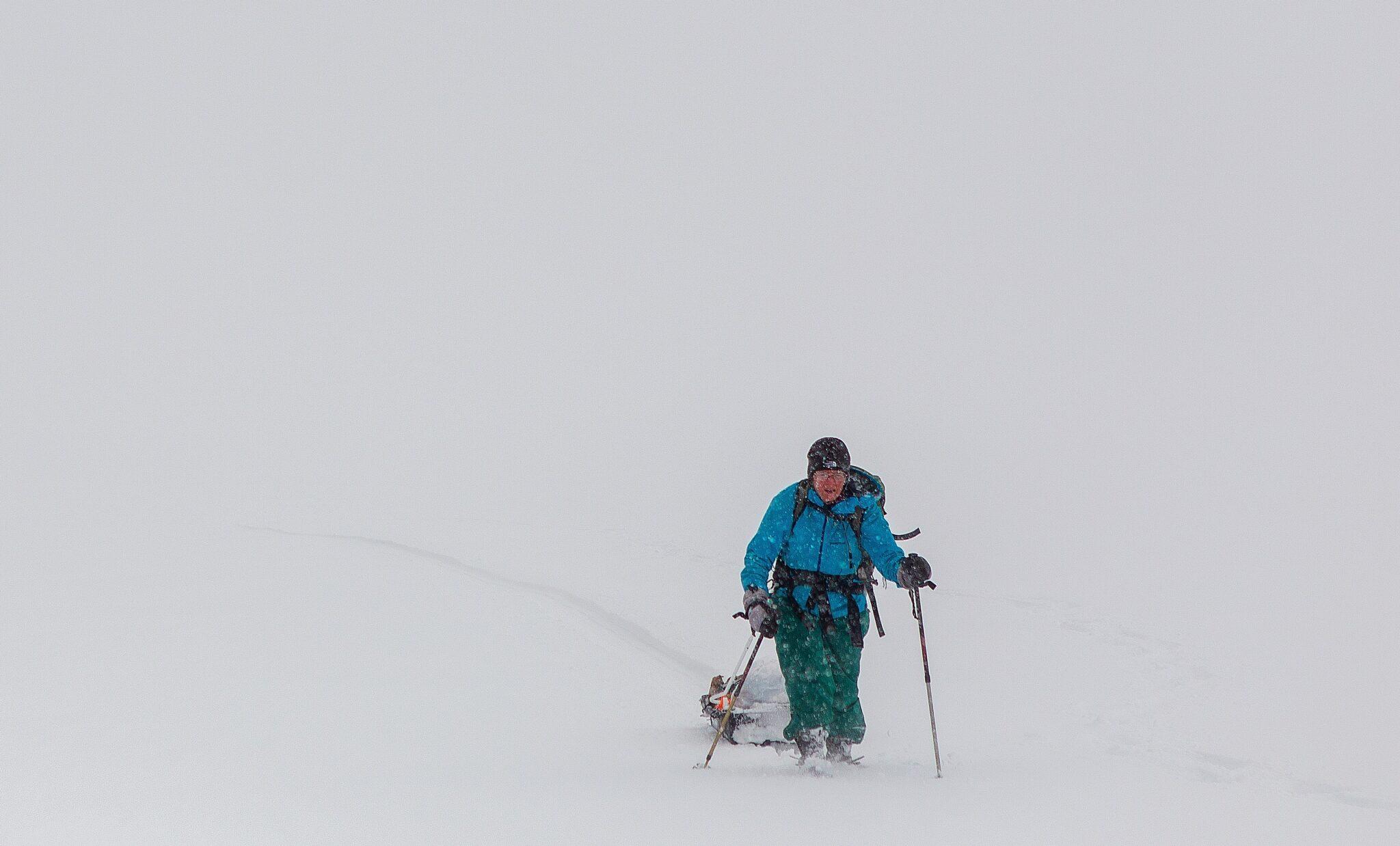


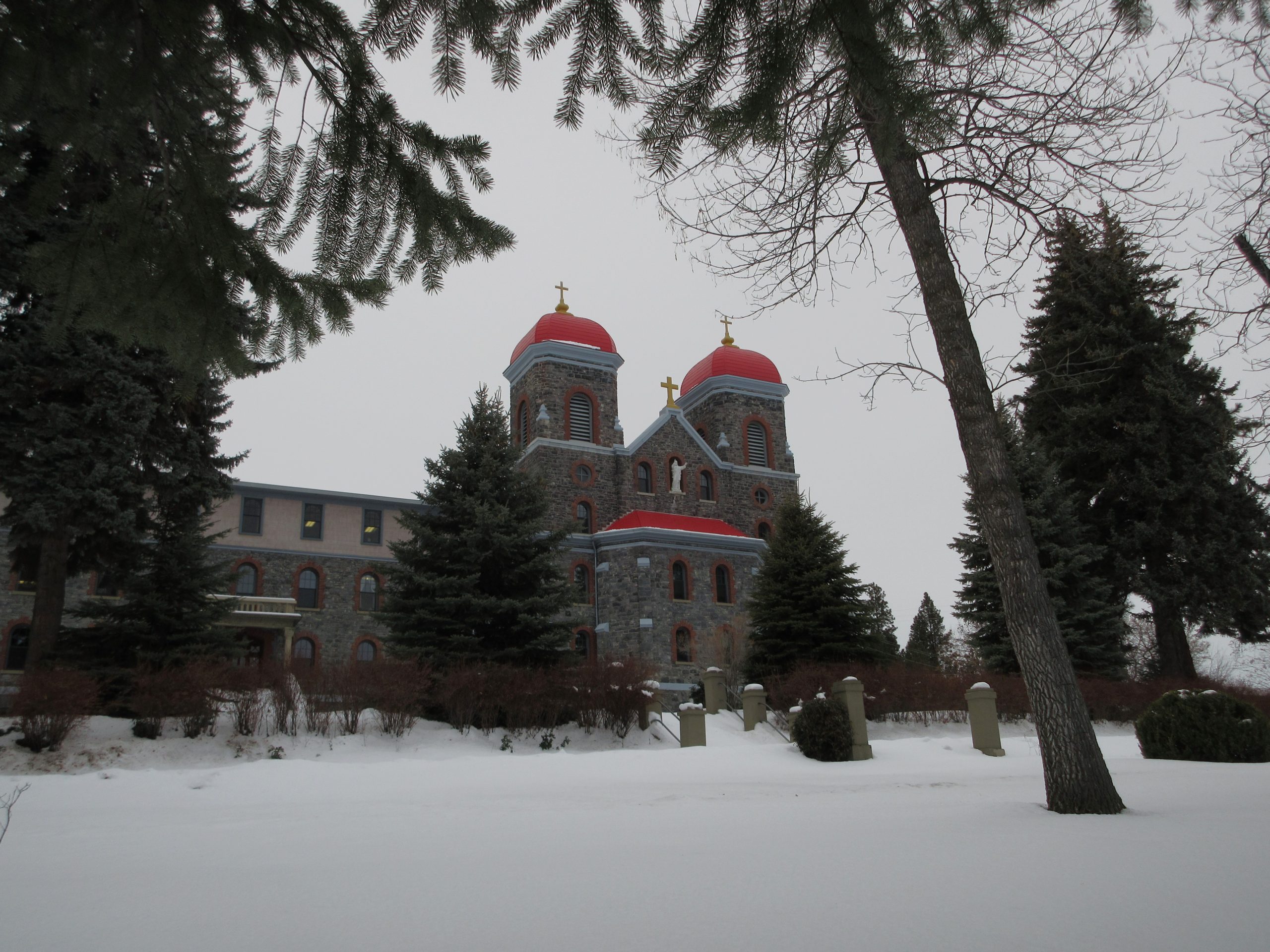

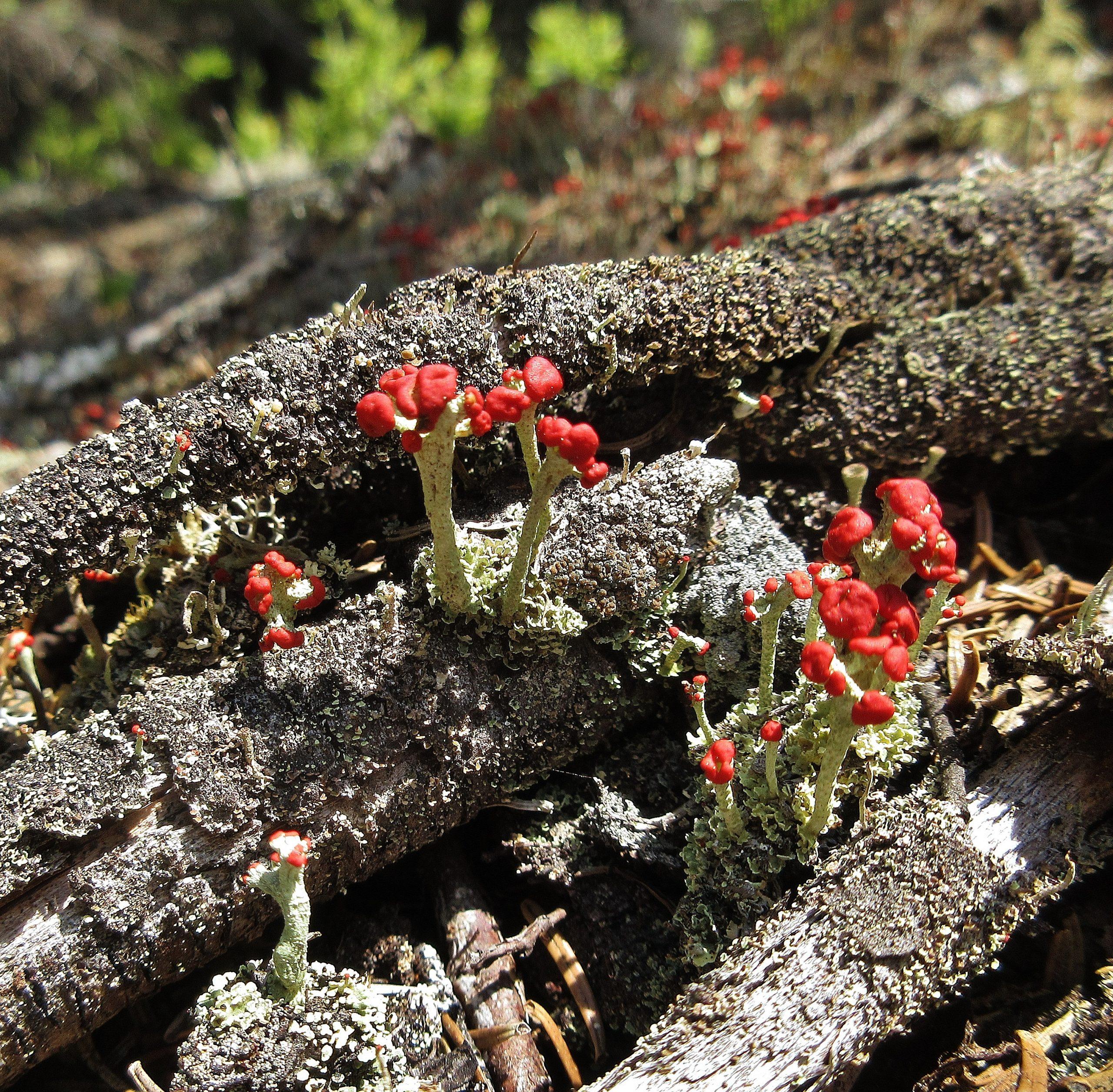
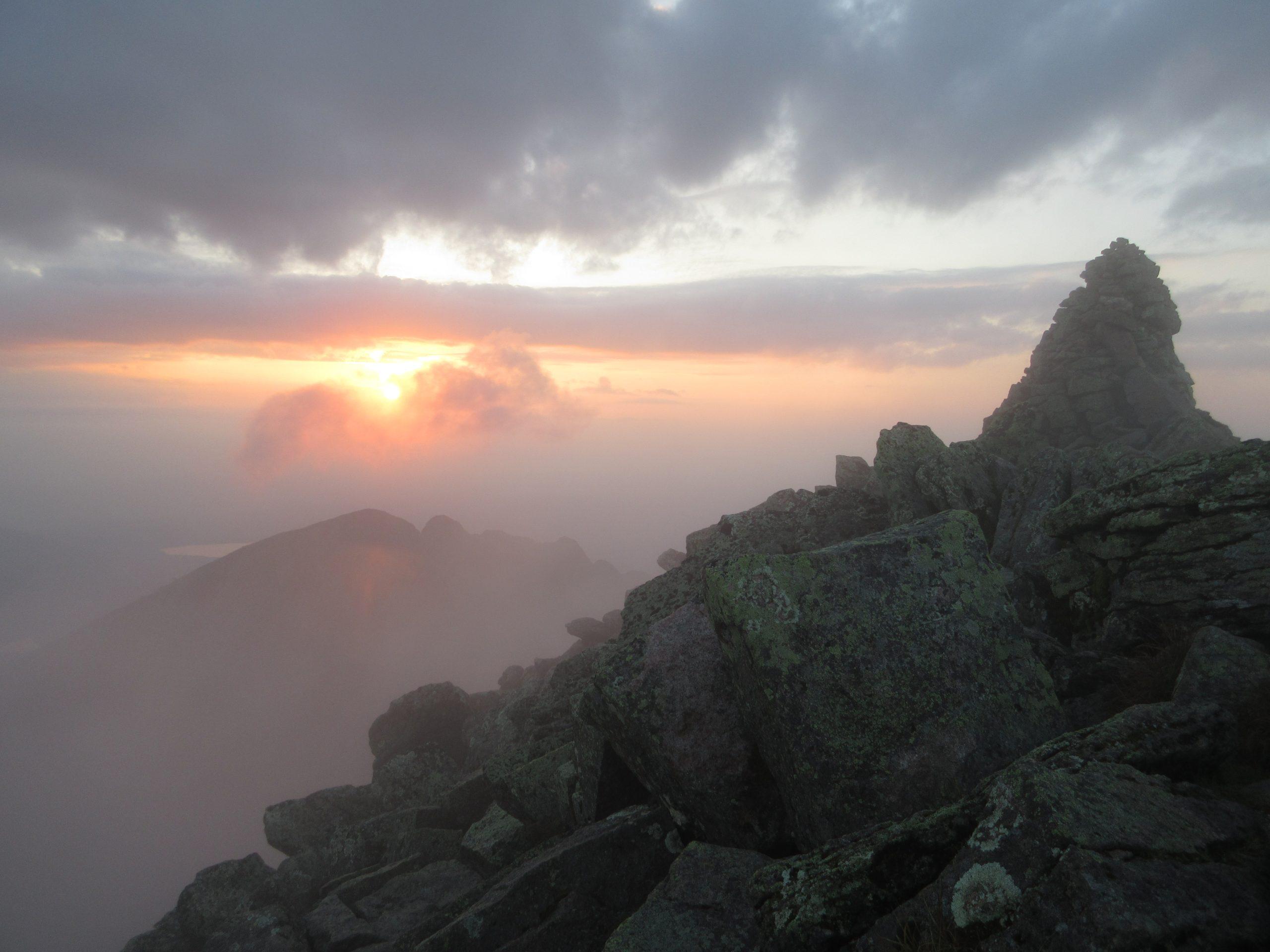
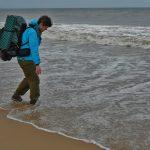
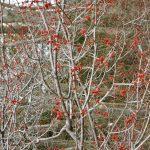

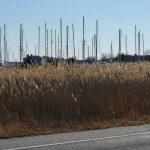
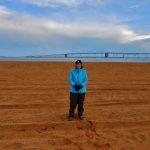
[…] brings me to a topic I’ve been promising to discuss: water. As I mentioned in an earlier post (https://www.wendyweiger.com/daily-life-off-the-grid-fire-and-water/), fire and water are the two basic needs around which my daily life revolves. If you’ve read that […]